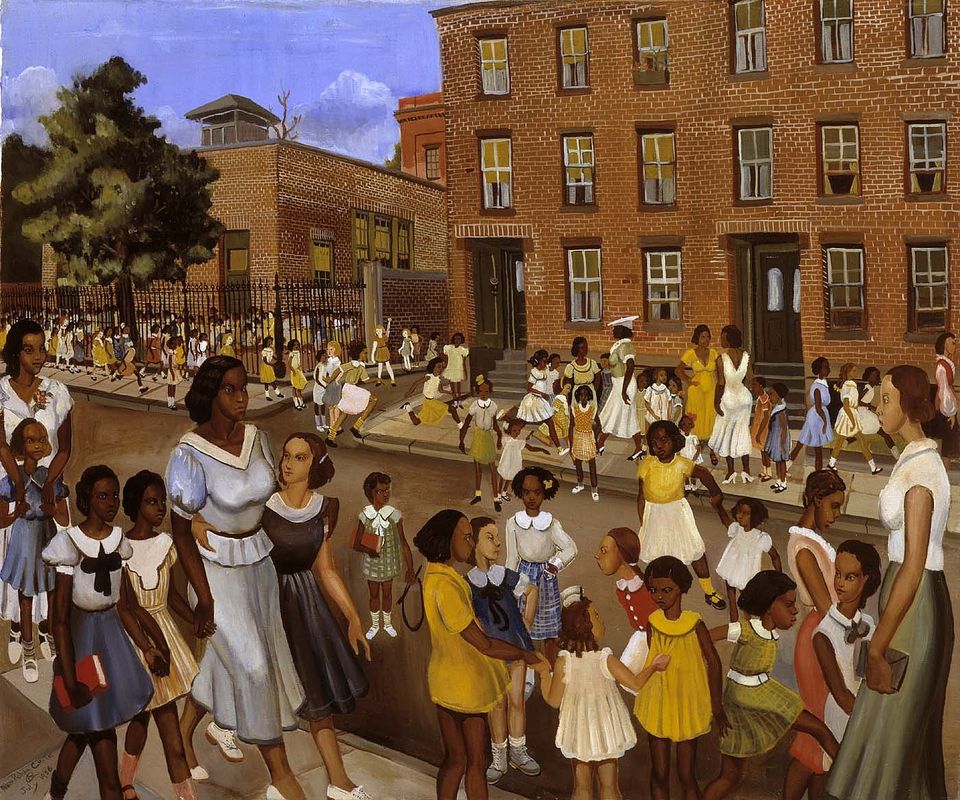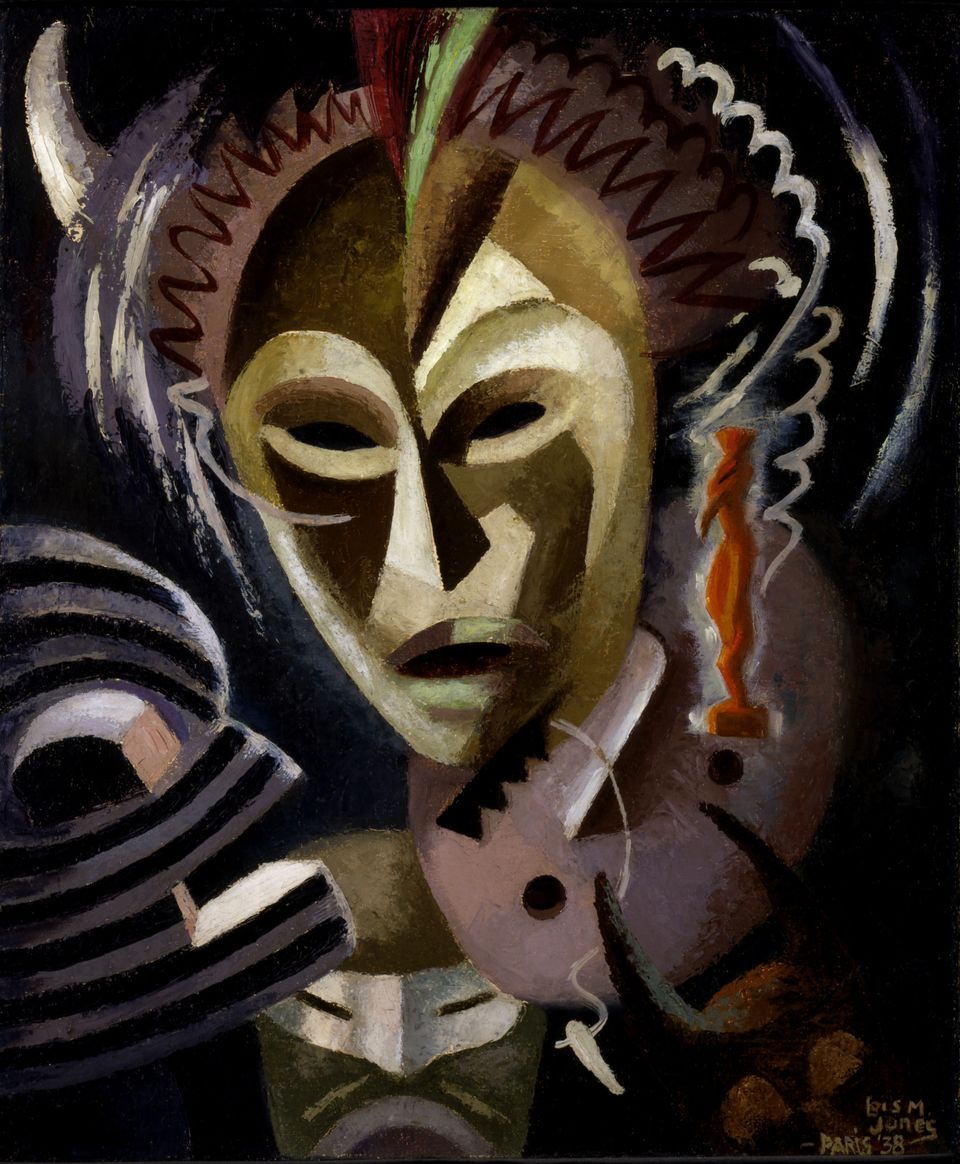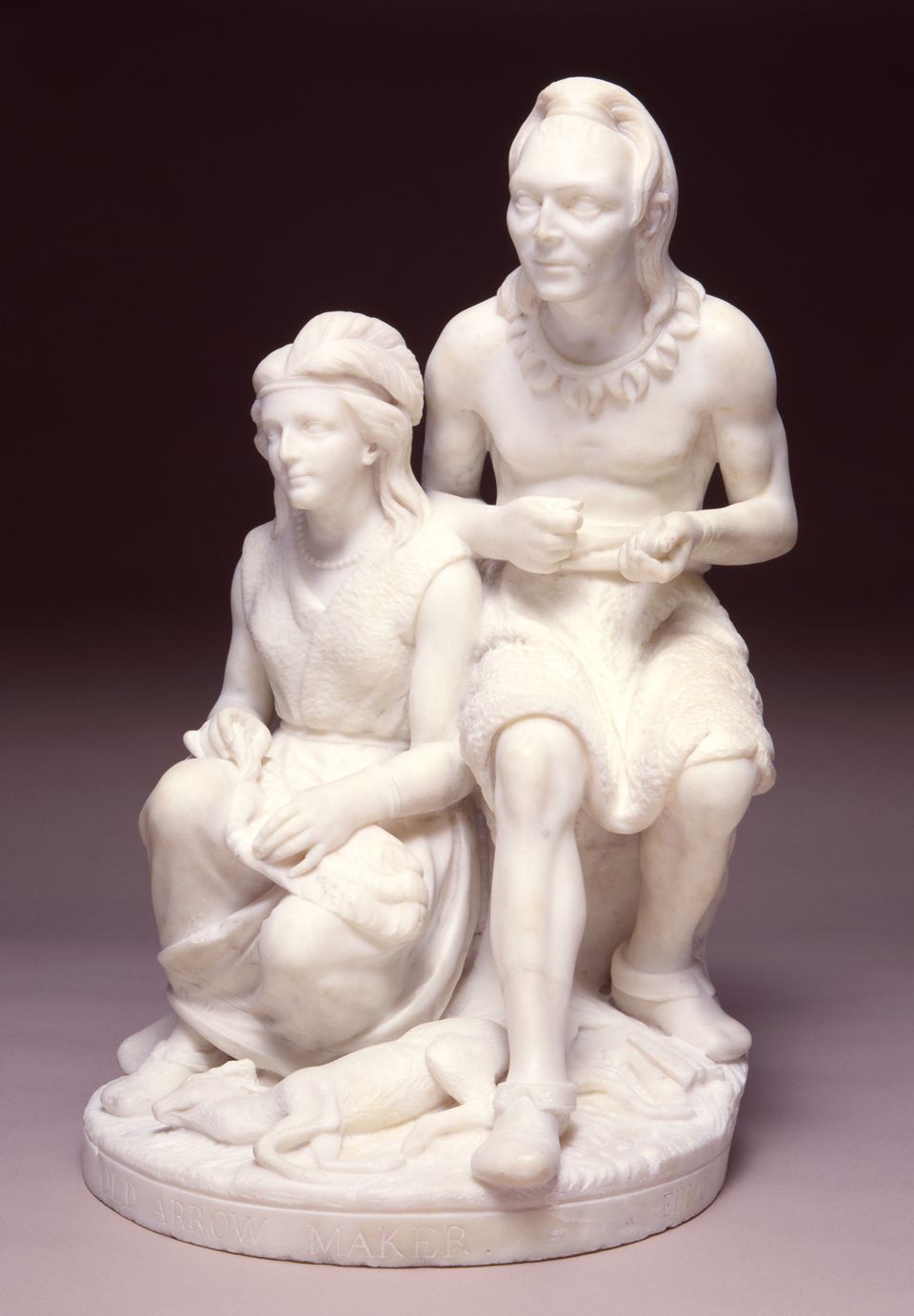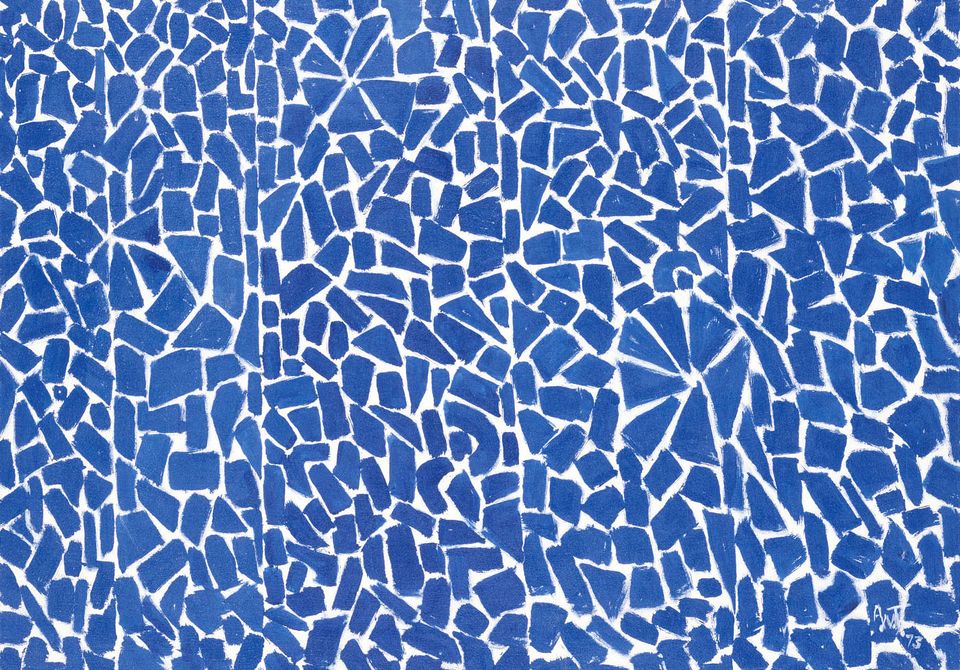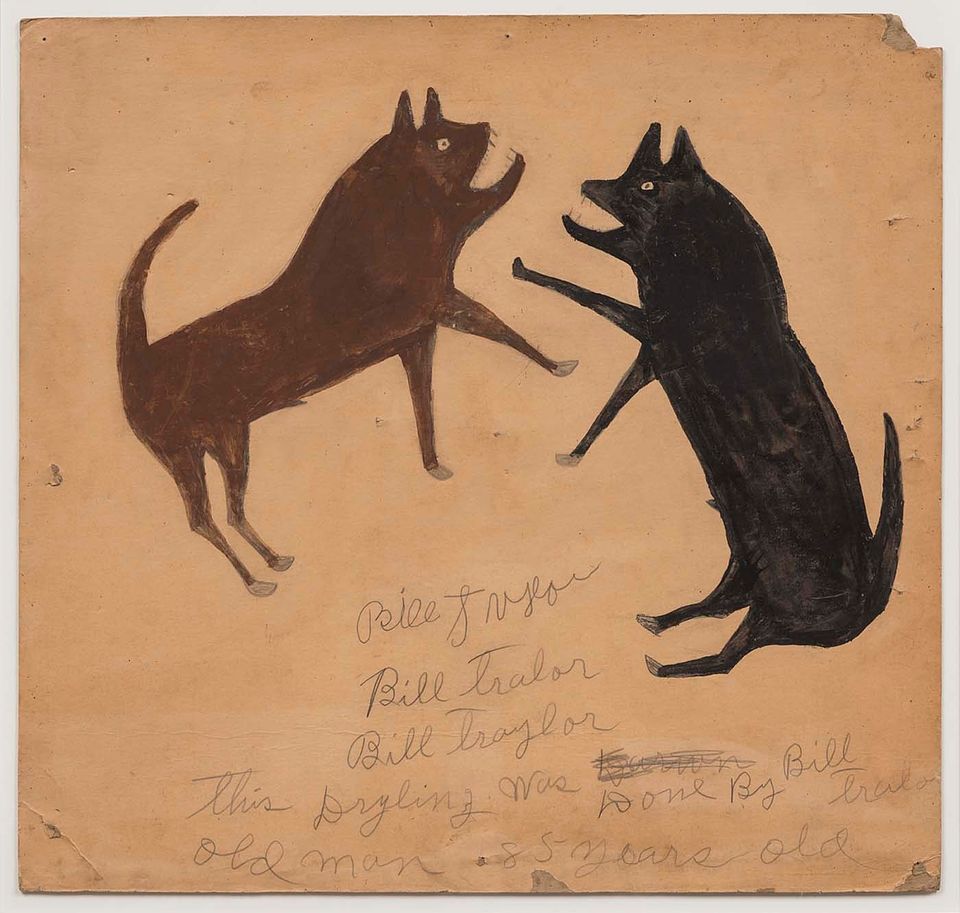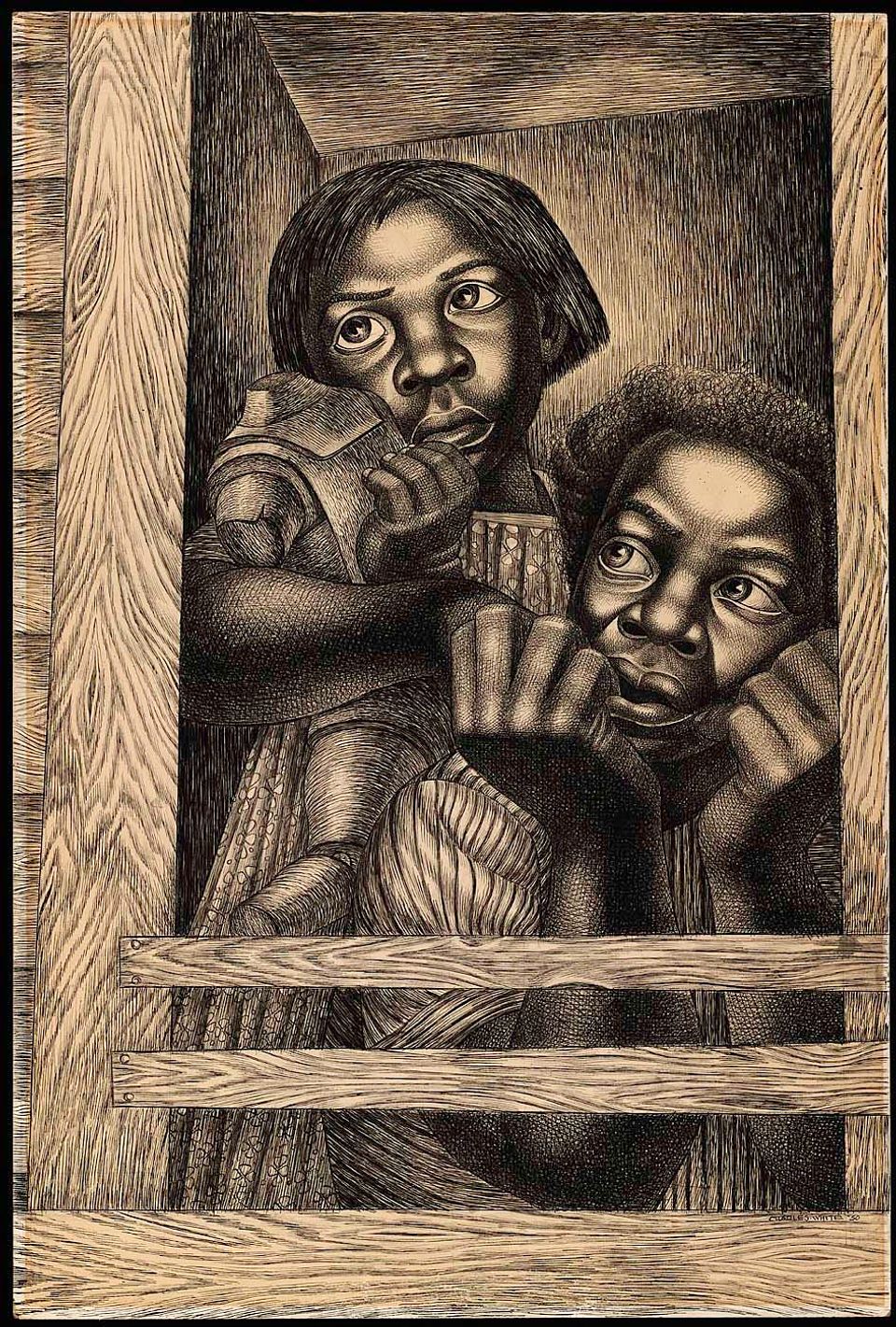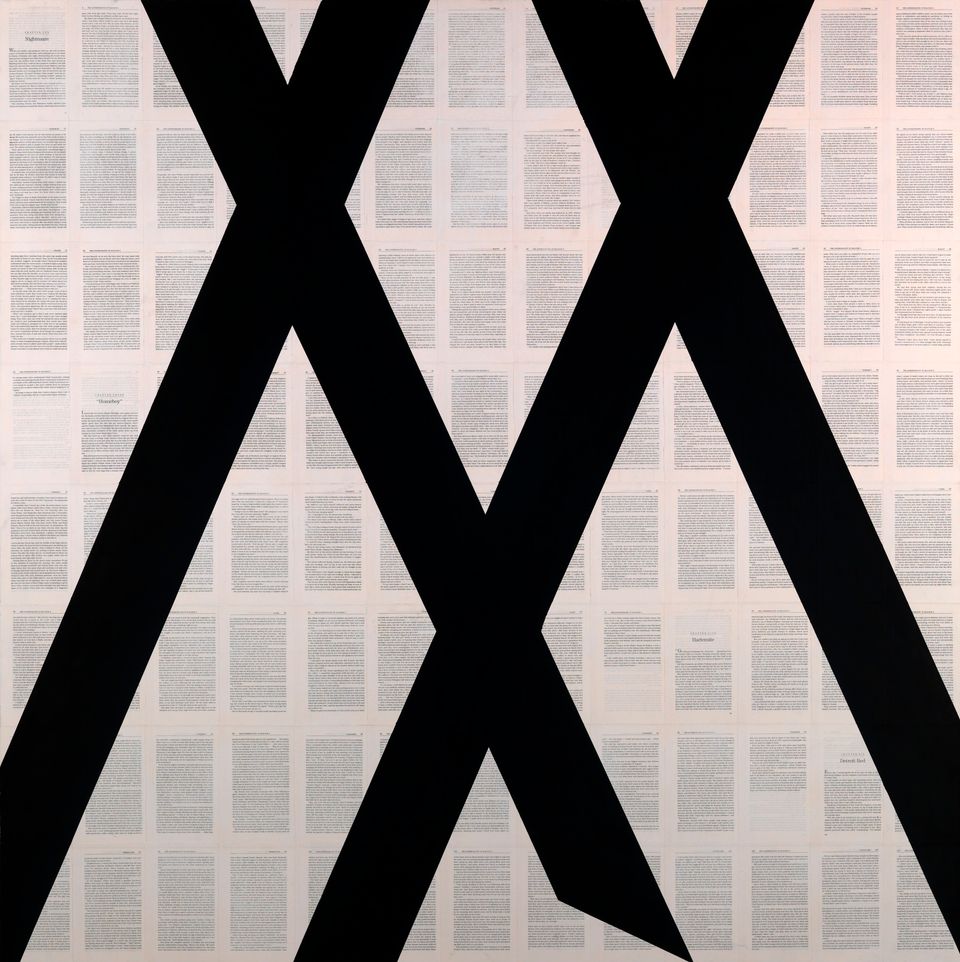Teacher Guides
Teacher Guides are free, downloadable PDFs.
African American Artists: Education and Equity
How did African American artists respond to cultural and educational opportunities?
This portion of the Affirmation Today module explains the cultural impact of Supreme Court decisions on the African American community.
Primary Subject and Grade: Visual Arts 5–12, U.S. History 5–12.
Components: Historical Context, Images and Descriptions, Student Activity Suggestions, Bibliography.
Standards: Visual Arts K–12.6 Making Connections Between Visual Arts and Other Disciplines; K–12.4 Understanding the Visual Arts in Relation to History and Cultures; K–12.3 Choosing and Evaluating a Range of Subject Matter.
U.S. History Era 7 The Emergence of Modern America (1890–1930); Era 8 The Great Depression and World War II (1929–1945), Era 9 Postwar United States (1945 to early 1970s).
African American Artists: Masking Matters
How did the Harlem Renaissance influence African American artists?
This portion of the Affirmation Today module explains the conscious attempt to express ancestral heritage and racial pride through art.
Primary Subject and Grade: Visual Arts 5–12, U.S. History 5–12
Secondary Subject and Grade: Language Arts 7–12, Music 7–12.
Components: Historical Context, Images and Descriptions, Excerpts, Student Activity Suggestions, Bibliography.
Standards: Visual Arts K–12.6 Making Connections Between Visual Arts and Other Disciplines; K–12.4 Understanding the Visual Arts in Relation to History and Cultures; K–12.3 Choosing and Evaluating a Range of Subject Matter.
U.S. History Era 7 The Emergence of Modern America (1890–1930); Era 8 The Great Depression and World War II (1929–1945)
Language Arts K–12.1 Reading for Perspective; K–12.2 Understanding the Human Experience; K–12.3 Evaluation Strategies; K–12.11 Participating in Society,
Music 7–12.8 Understanding relationships between music, the other arts, and disciplines outside the arts; 9–12.9 Understanding music in relation to history and culture.
African American Artists: My People, Our People
How can art, music, and literature combine to provide a multifaceted view of the African American experience?
This portion of the Affirmation Today module explores the diverse experiences of and cultural connections among African Americans and how African Americans influenced and contributed to American Culture.
Primary Subject and Grade: Visual Arts 5–12, U.S. History 5–12
Secondary Subject and Grade: Language Arts 7–12, Music 7–12.
Components: Historical Context, Images and Descriptions, Excerpts, Student Activity Suggestions, Bibliography.
Standards: Visual Arts K–12.6 Making Connections Between Visual Arts and Other Disciplines; K–12.4 Understanding the Visual Arts in Relation to History and Cultures; K–12.3 Choosing and Evaluating a Range of Subject Matter.
U.S. History Era 2 Colonization and Settlement (1585–1763); Era 4 Expansion and Reform (1801–1861); Era 5: Civil War and Reconstruction (1860–1877); Era 7 The Emergence of Modern America (1890–1930),
Language Arts K–12.1 Reading for Perspective; K–12.2 Understanding the Human Experience; K–12.3 Evaluation Strategies; K–12.11 Participating in Society,
Music 7–12.8 Understanding relationships between music, the other arts, and disciplines outside the arts; 9–12.9 Understanding music in relation to history and culture.
African American Artists: Myth and Modern Society
How have contemporary African American artists incorporated classical mythology in their art?
This portion of the Affirmation Today module explores how myths transcend time and place and how mythology is used as commentary on experience.
Primary Subject and Grade: Visual Arts 5–12.
Secondary Subject and Grade: Language Arts 5–12.
Components: Historical Context, Images and Descriptions, Excerpts, Student Activity Suggestions, Bibliography.
Standards: Visual Arts K–12.6 Making Connections Between Visual Arts and Other Disciplines; K–12.4 Understanding the Visual Arts in Relation to History and Cultures; K–12.3 Choosing and Evaluating a Range of Subject Matter.
Language Arts K–12.1 Reading for Perspective; K–12.2 Understanding the Human Experience; K–12.3 Evaluation Strategies; K–12.11 Participating in Society.
Bill Traylor: Perspective-Taking within Historical Context
How can analysis of artworks created by Bill Traylor help students consider whose stories get told in history? How does our understanding of the past and the present change when we consider multiple perspectives?
This teaching resource prompts student inquiry into the artwork and life of Bill Traylor (ca. 1853-1949), a man born into slavery who lived his entire life in Alabama. The activities in this resource help students consider possible multiple readings of Traylor’s work and challenge students to question the perspectives and stories hidden within or missing from the telling of American history.
Primary Subject and Grade: Social Studies 7-12, Visual Arts 7-12
Secondary Subject: Language Arts
Components: Teacher Guide, Looking Questions
Standards: U.S. History Content Standards Era 5 (The Civil War and Reconstruction) through Era 8 (The Great Depression and World War II). The resource also supports the following Historical Thinking Standards: Historical Comprehension, Historical Analysis, and Interpretation, Historical Research Capabilities.
Videos
Mark Bradford on Amendment #8
Artist Mark Bradford discusses his use of materials, his interest in abstraction, and his thoughts on having Amendment #8 in the collection of the Smithsonian American Art Museum.
Artist Mark Bradford creates abstract work that engages with questions of race, class, culture, and politics. Find out about why he gravitates towards paper as his primary material and what he thinks about having Amendment #8 in the collection of the Smithsonian American Art Museum.
Mickalene Thomas on Portrait of Mnonja
Artist Mickalene Thomas discusses her work Portrait of Mnonja. Thomas explains her inspirations for the painting, the role that performance plays in her practice, and the connection between Portrait of Mnonja and Ambassador Susan Rice.
Artist Mickalene Thomas explains her inspiration for Portrait of Mnonja, the role that performance plays in her practice, and the connection between Portrait of Mnonja and Ambassador Susan Rice.
Nick Cave on Soundsuit
Artist Nick Cave discusses creating his first Soundsuit in 1992 in response to the Rodney King beating. He explains the ideas and materials that inspired him to make the Soundsuit in SAAM’s collection–one of approximately five hundred Soundsuits the artist has made over the years.
Kerry James Marshall on SOB, SOB
An interview with artist Kerry James Marshall at the Smithsonian American Art Museum. Kerry James Marshall is one of the leading contemporary painters of his generation. Over the span of his career, he has become internationally known for monumental images of African American history and culture.
Artist Kerry James Marshall, creator of SOB, SOB, explains his commitment to making Black figures the central subjects of his paintings: "There are not enough paintings in museums anywhere, really, that have Black figures as the central subject.”
Lava Thomas on Requiem for Charleston
Lava Thomas discusses her work Requiem for Charleston, which honors the nine men and women who died in a shooting on June 17, 2015, inside the Mother Emanuel African Methodist Episcopal Church in Charleston, South Carolina. The artist explains her use of materials, including tambourines, black lambskin, black acrylic disks, and pyrographic calligraphy.
Artist Lava Thomas discusses her materials and process–including tambourines, black lambskin, black acrylic disks, and pyrographic calligraphy–for making Requiem for Charleston, which honors the nine men and women murdered on June 17, 2015, inside the Mother Emanuel African Methodist Episcopal Church in Charleston, South Carolina.
Mingering Mike on His Process and Inspirations
In 2013, the Smithsonian American Art Museum acquired a collection of over 150 artworks made between 1969 and 1976 by a self–taught Washington, D.C. artist known only by his alter-ego, Mingering Mike. During his rare media appearances, the artist always wears a disguise in order to maintain his anonymity.
The Mingering Mike collection comprises artworks constructed as part of the artist’s youthful fantasy of becoming a famous soul singer and songwriter, including LP albums made from painted cardboard, original album art, song lyrics and liner notes, and self-recorded 45 rpm singles.
For more on Mingering Mike, check out Can Mike Really Sing?, an episode of SAAM’s web series Re:Frame
SAAM’s collection includes over 150 artworks made between 1969 and 1976 by a self–taught Washington, D.C. artist known only by his alter-ego, Mingering Mike. During his rare media appearances, the artist always wears a disguise in order to maintain his anonymity.
Soul Superstars, Album Covers, and American Art
What do musicians, aliases, and the nation’s capital have to do with American art?
SAAM's Re:Frame explores American art’s many meanings and connections with experts across the Smithsonian.
In this episode of SAAM's award-winning web series Re:Frame, join host Melissa as she crisscrosses the Smithsonian to learn about artist Mingering Mike and the historical significance of the Howard Theatre.
More Resources
Explore the Civil Rights Movement through American Art
This interdisciplinary resource includes close-looking questions, related resources from across the Smithsonian, and artist biographies for more than two dozen African American artists:
Charles Henry Alston
Rev. Henry Clay Anderson
Cornelius M. Battey
Romare Bearden
Elizabeth Catlett
Allan Rohan Crite
Beauford Delaney
Thornton Dial, Sr.
David C. Driskell
Roland L. Freeman
Sam Gilliam
Earlie Hudnall Jr.
William H. Johnson
Barbara Jones-Hogu
Jacob Lawrence
Norman Lewis
Robert McNeill
Gordon Parks
Earle Richardson
Augusta Savage
Lorna Simpson
Henry Ossawa Tanner
James VanDerZee
Charles White
Ernest C. Withers
The Struggle for Equality
Take a deep dive into Charles White’s The Children (1950) and Jacob Lawrence’s The Library (1960) on the education resource The American Experience in the Classroom.
Civil Rights: Then and Now
Look closely at By Any Means Necessary (after Malcolm X) (2008) by Tim Rollins and K.O.S. alongside SOB, SOB (2003) by Kerry James Marshall on the education resource The American Experience in the Classroom.














